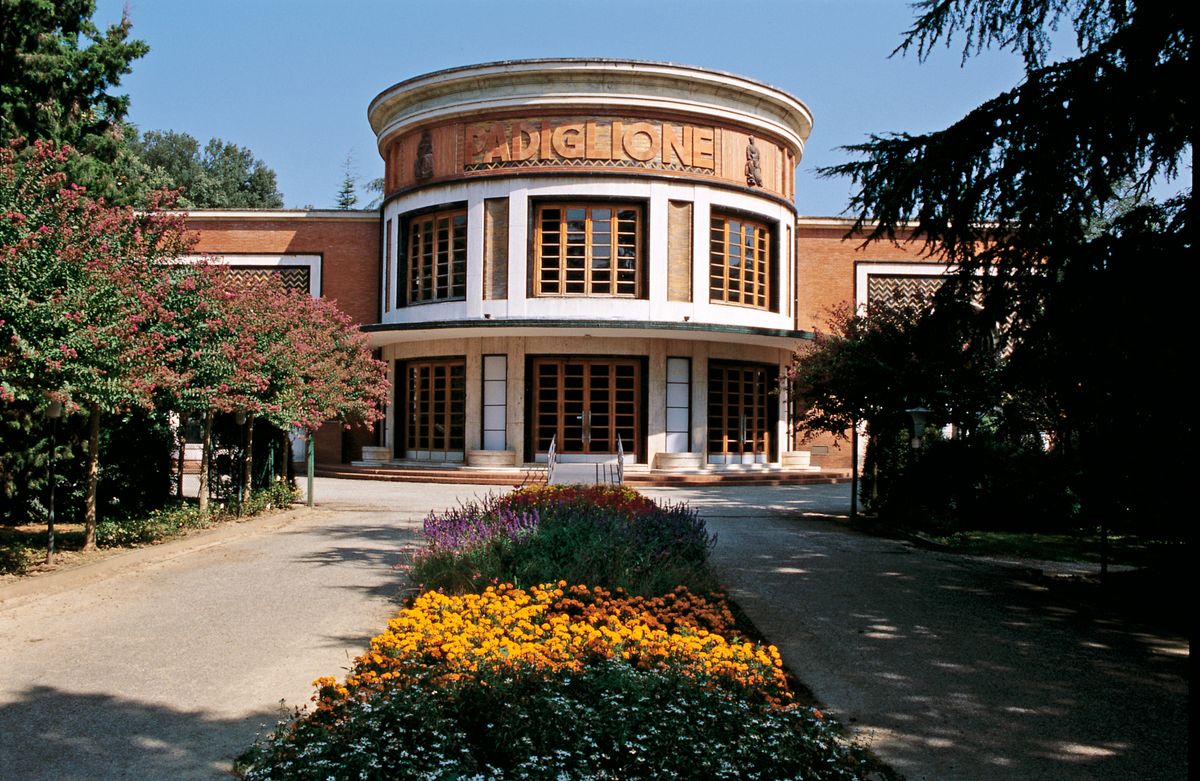Castrocaro Terme is located in the heart of Romagna, at about 10 km from Forlì, along the national road no. 67 running from Ravenna to Florence.
Castrocaro Terme is a real jewel in the heart of the Tuscan-Romagnolo Apennines, boasting an important historical, cultural, food and wine and hiking heritage, attributable to the development and the great role that the town had starting from the Middle Ages.
Renowned tourist locations, Castrocaro Terme and Terra del Sole were awarded the Orange Flag in 2005 – a quality label for sustainable tourism and environment in the inland – by the Italian Touring Club. Its spa of Etruscan origin was already famous during Roman times.
Its sulphur salt-bromine-iodine-lithium thermal waters, its natural salt-bromine-iodine mud and its cosmetic medicine and well-being centres make Castrocaro a famous and modern thermal resort open throughout the year.
The town underwent its major growth during the Middle Ages, thanks to its hot springs, and still preserves an almost intact Medieval urban plan featuring many important traces of the past.
For one thousand years now, the massive Fortress has towered over the town, with its three separate architectural and defensive works: Girone (walls), Rocca (fortress) and Cannoniere (Medicean Arsenals). Considered by experts as one of the most beautiful examples of fortified Medieval architecture, today it houses the Historical Museum.

The imposing fortress that dominates the town is one of the oldest Italian castles. Dating back to the end of the 9th century, it can be visited through the Historical-Archaeological Museum, which allows visitors to relive the thousand-year history of the fortress and the vicissitudes of the ancient medieval village. Of particular value are the Medicean Arsenals, an extraordinary example of storage and a singular case of fortified architecture. The Fortress, whose first document attesting to its existence dates back to 961, has stood for centuries on the "sasso spungone" cliff, which is rich in marine fossil remains of considerable geological interest, and is the scene of medieval festivals, concerts and historical re-enactments. In 1403, Castrocaro was chosen by Florence as the capital of the Florentine territories in Romagna. It would later cede this title to the Renaissance Terra del Sole.
In addition to the famous Fortress, the Baptistery of San Giovanni, the Bell Tower, the eighteenth-century Palazzo Piancastelli, and the Church of Saints Nicolò and Francesco, which houses a prized work by Palmezzano, are admirable.
Architecturally outstanding are the Padiglione delle Feste (Party Pavilion), an Art Decò jewel, designed by Diego Corsani with the artistic consultancy of Tito Chini and the Grand Hotel delle Terme, magnificent examples of rationalist architecture which preserve the charm and elegance of the twenties and thirties.

Padiglione delle Feste, Spa Park
Castrocaro Terme is home to the best food and wine tradition of Romagna: a table full of flavors around a few main elements such as pasta, piadina, cold cuts and meats.
The surrounding hills boast a renowned winemaking tradition with excellent wines with a strong character: red Sangiovese, white Trebbiano, also widespread in the national territory, as well as Albana, Pagadebit and Cagnina.
For hiking and cycling lovers, the Tourist Office offers some suggestive itineraries dedicated to those who want to enjoy the beauties of nature.